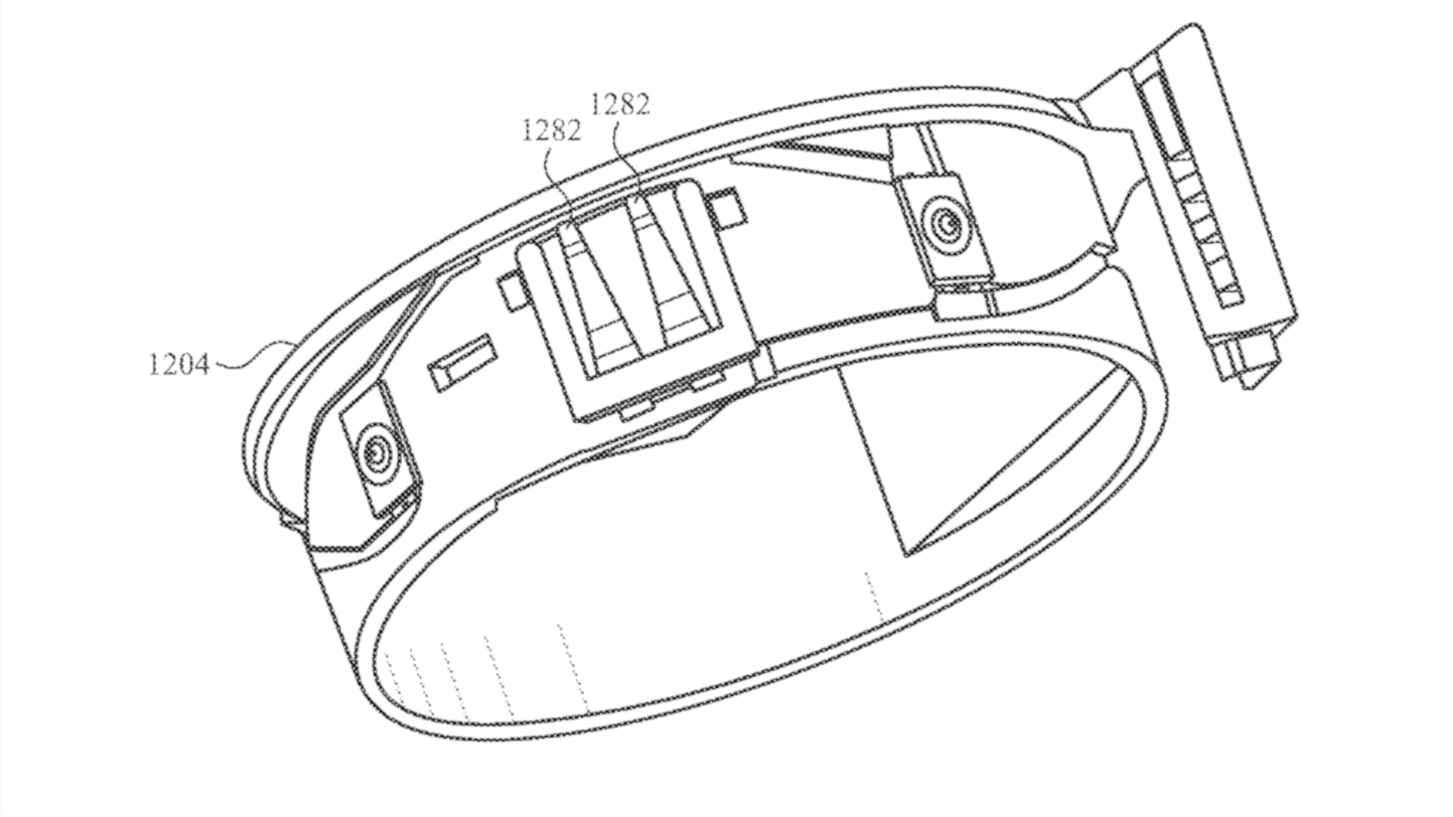New Apple patent suggests smart rings and smart glasses are coming
Could an Apple smart ring be more than just a health monitor?


Quick Summary
Patents don't necessarily become products.
But Apple's latest smart ring patent, which describes interaction with smart glasses and other devices, doesn’t seem far-fetched.
Apple has been thinking about smart rings for some time. Its first patent for smart rings (pictured above) was filed way back in 2015, but so far that hasn't resulted in a shipping product. But a new patent suggests that Apple is still thinking very seriously about a wearable for your finger, and it would do more than just track your vitals.
The patent has been unearthed by the eagle-eyed folks at Patently Apple among over 40 new patents that Apple has been granted. That includes one for the Apple Vision Pro that's so big and so detailed that the US Patent Office warns of its massive size.
The ring patent is much smaller, but no less interesting. In addition to the obligatory health tracking features that define the current smart ring market, Apple is also thinking about using it in conjunction with Vision Pro and with smart glasses too.
What does Apple's smart ring patent reveal?
Apple's patent describes the ring as part of a wider system of devices that it communicates with: an iPhone, a Mac, HomePods or headsets. And Apple is apparently thinking of using it as a controller for Vision Pro and similar devices: the patent describes how the ring could capture real-time readings for its position in three dimensions, its angle and its motion and use them as an input for other Apple hardware.
Interestingly, the patent also describes how the ring might "provide touch input, gesture input, force input, or button press input" and talks specifically about head-mounted devices that would "have the shape of a pair of glasses, goggles, a helmet, and/or other housing configured to be worn on a user’s head."
The focus on the ring as an input device does suggest that Apple's started to think differently since this patent was applied for. However, the Vision Pro's gesture tracking doesn't require a smart ring and does a very impressive job, so in that context at least the ring is already redundant.
But then the Vision Pro is a very expensive headset packed with cameras, and any Apple smart glasses wouldn't be able to cram in quite so much camera equipment – so it's possible that Apple's thinking much longer term.
Get all the latest news, reviews, deals and buying guides on gorgeous tech, home and active products from the T3 experts
As ever with patents, just because Apple's filed it doesn't mean Apple's going to make it: I've been reporting on Apple patents on and off since the late 1990s and I've yet to see curiosities such as a fully wraparound sapphire iPhone screen or an iPhone that slots into a MacBook so you can use it as a trackpad.
But patents are nevertheless interesting insights into Apple's thinking, and while not all of them make it to manufacturing many of them do – or will. For example, Apple has filed multiple patents that clearly describe folding iPhones.
Writer, musician and broadcaster Carrie Marshall has been covering technology since 1998 and is particularly interested in how tech can help us live our best lives. Her CV is a who’s who of magazines, newspapers, websites and radio programmes ranging from T3, Techradar and MacFormat to the BBC, Sunday Post and People’s Friend. Carrie has written more than a dozen books, ghost-wrote two more and co-wrote seven more books and a Radio 2 documentary series; her memoir, Carrie Kills A Man, was shortlisted for the British Book Awards. When she’s not scribbling, Carrie is the singer in Glaswegian rock band Unquiet Mind (unquietmindmusic).
